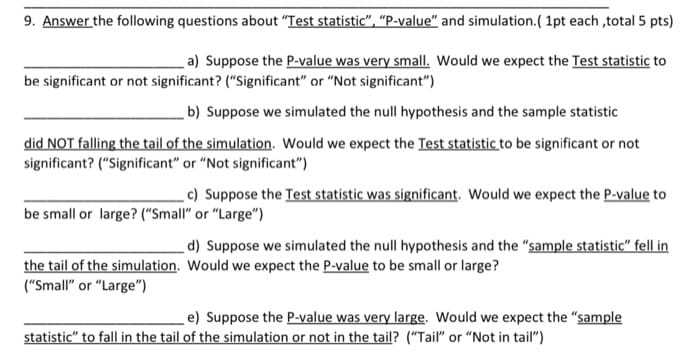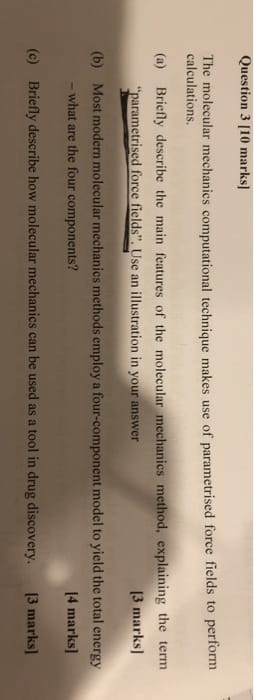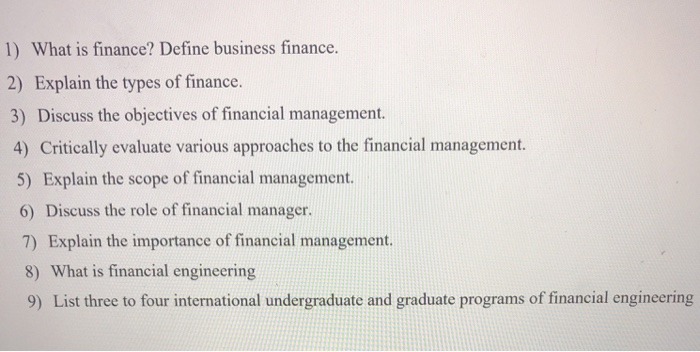Answer well
9. Answer the following questions about "Test statistic", "P-value" and simulation.( 1pt each , total 5 pts) a) Suppose the P-value was very small. Would we expect the Test statistic to be significant or not significant? ("Significant" or "Not significant") b) Suppose we simulated the null hypothesis and the sample statistic did NOT falling the tail of the simulation. Would we expect the Test statistic to be significant or not significant? ("Significant" or "Not significant") c) Suppose the Test statistic was significant. Would we expect the P-value to be small or large? ("Small" or "Large") d) Suppose we simulated the null hypothesis and the "sample statistic" fell in the tail of the simulation. Would we expect the P-value to be small or large? ("Small" or "Large") e) Suppose the P-value was very large. Would we expect the "sample statistic" to fall in the tail of the simulation or not in the tail? ("Tail" or "Not in tail")Question 3 [10 marks] The molecular mechanics computational technique makes use of parametristd force fields to perform calculations. Briefly describe the main features of the molecular mechanics method, explaining the term "parametriced force fields". Use an illustration in your answer [3 marks] b) Most modern molecular mechanics methods employ a four-component model to yield the total energy - what are the four components? [4 marks] (c) Briefly describe how molecular mechanics can be used as a tool in drug discovery. [3 marks]1) What is finance? Define business finance. 2) Explain the types of finance. 3) Discuss the objectives of financial management. 4) Critically evaluate various approaches to the financial management. 5) Explain the scope of financial management. 6) Discuss the role of financial manager. 7) Explain the importance of financial management. 8) What is financial engineering 9) List three to four international undergraduate and graduate programs of financial engineeringA turbojet engine has a turbine that receives combustion gases at 1200 K and 15 bar from the engine combustion chamber. These gases are then fed from the turbine exit to a nozzle, which exhausts to the atmosphere at 0.9 bar. If the combustion gases can be considered air, which is an ideal gas mixture, and both turbine and nozzle are isentropic, what are the temperatures at the turbine and nozzle exits, and the velocity at the nozzle exit? The gases at the turbine exit are at 3 bar and have negligible velocity. Draw a labeled process flow diagram of this process as part of your solution










